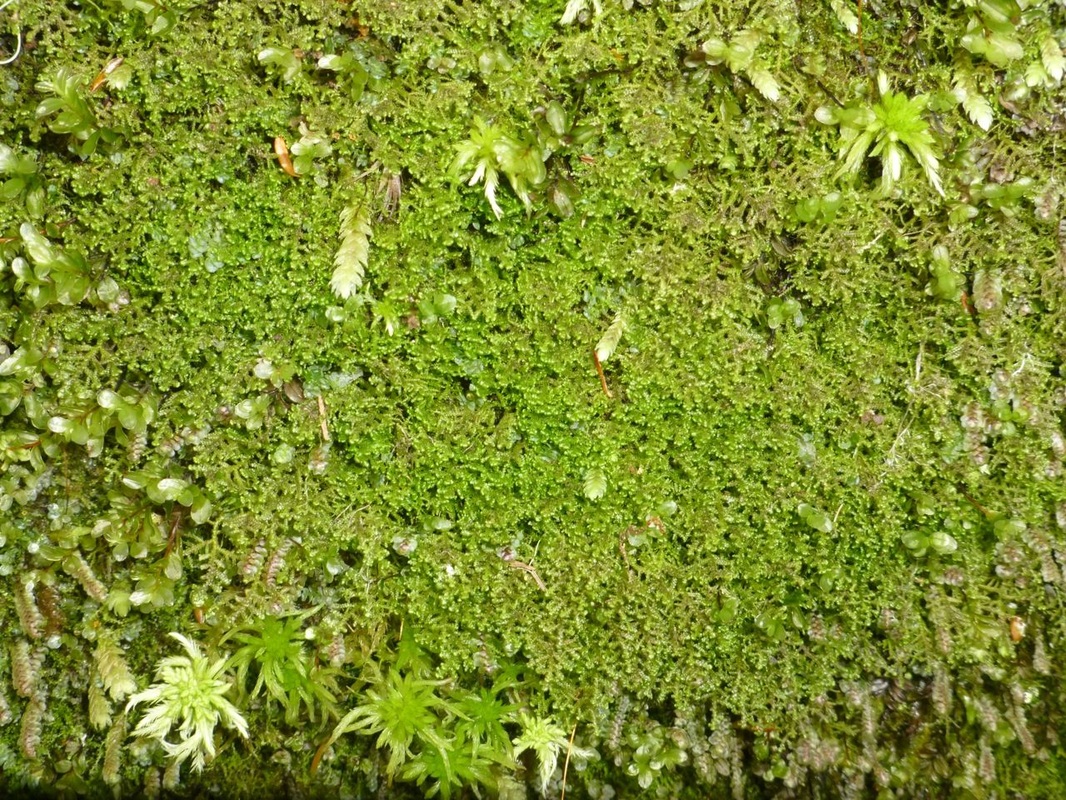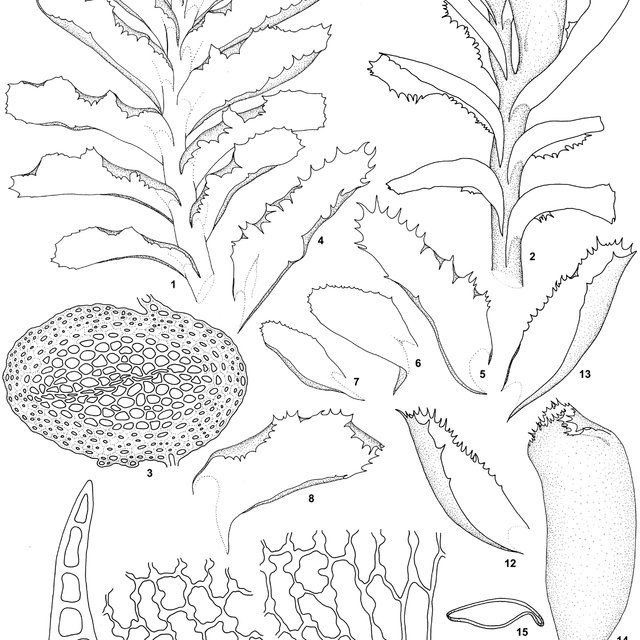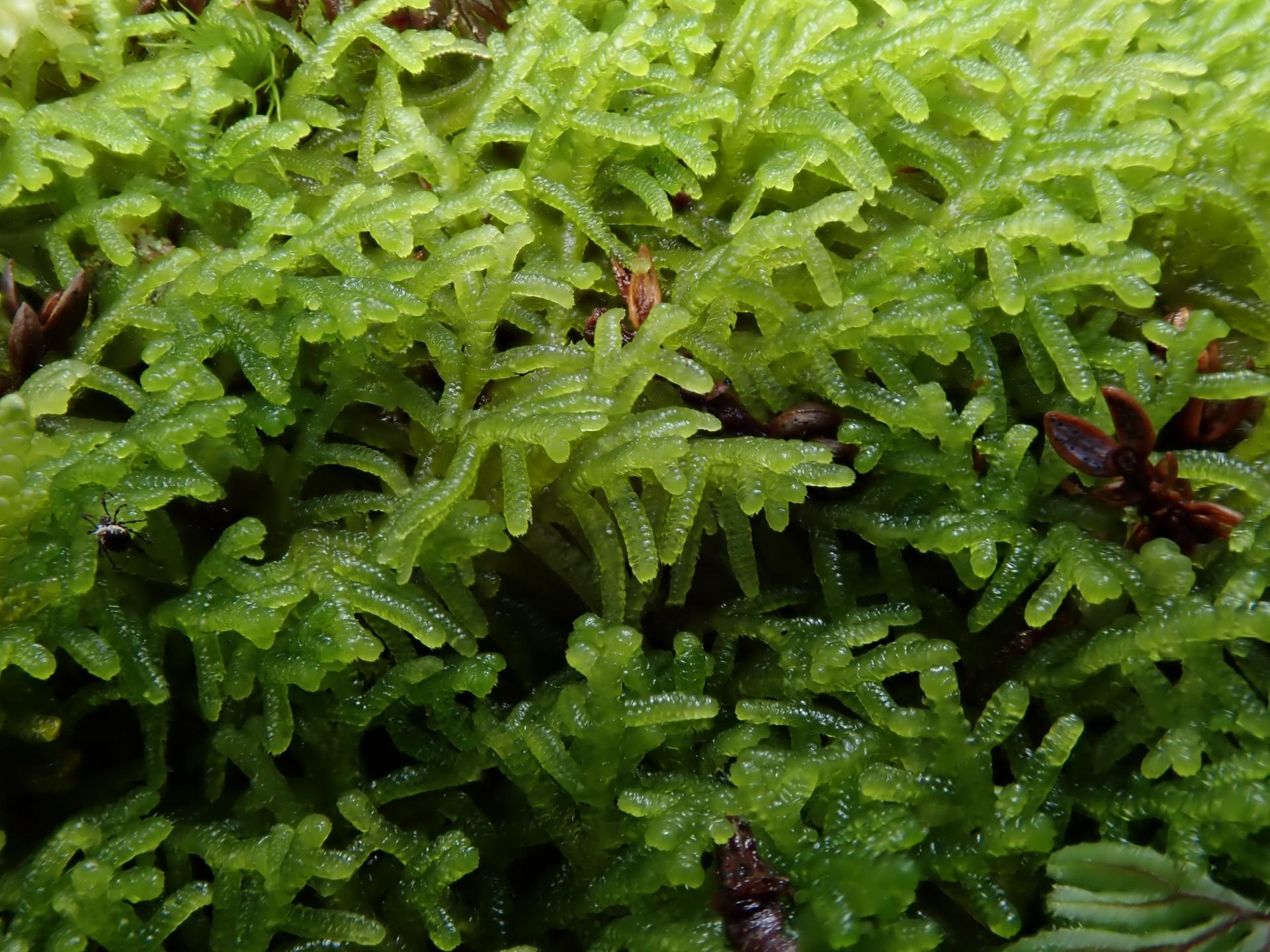
image from: https://www.centralcoastbiodiversity.org/lepidozia-filamentosa.html
Introduction
The world of bryophytes, which includes mosses, liverworts, and hornworts, is full of fascinating and often overlooked species. One particularly interesting liverwort is Lepidozia filamentosa, also known by the common name fine-leaved fingerwort. This small but intricate plant exhibits filamentous branching that gives it a delicate, almost feathery appearance. Let’s take a closer look at the distinguishing features, habitat, and ecological significance of L. filamentosa.

image from: https://www.inaturalist.org/taxa/164533-Lepidozia-filamentosa
Description and Identification

image from: https://www.researchgate.net/figure/Figuras-50-57-Lejeunea-cerina-Lehm-Lindenb-Gottsche-Lindenb-Nees-50-Aspecto_fig4_240765931
Lepidozia filamentosa is a leafy liverwort, meaning it has structures resembling leaves, unlike thallose liverworts which have flattened, strap-like bodies. The “leaves” of L. filamentosa are deeply divided into narrow, thread-like segments, arranged in a pinnate pattern along the stem. This filamentous branching pattern is a key identifying feature. The plant forms dense mats, with individual shoots reaching 1-2 cm long.
Under magnification, you can see that each leaf segment is only one cell thick. Liverworts also lack the complex vascular tissue found in higher plants. Instead, they have oil bodies within their cells that help with water retention and may deter herbivores.
Habitat and Distribution
L. filamentosa grows in damp, shaded environments such as moist banks, rotting logs, and tree bases in forests. It is often found intermingled with other bryophytes and sometimes forms extensive pure patches.
Geographically, this species is widely distributed in tropical and subtropical regions of Central and South America, Africa, Asia, and Oceania. It is less common in temperate areas but can be found in parts of Europe, New Zealand, and the west coast of North America.

image from: https://www.researchgate.net/figure/Plagiochila-semidecurrens-Lehm-Lindenb-Lindenb-1-A-portion-of-the-vegetative_fig2_343281294
Ecological Significance

image from: https://www.gbif.org/es/species/2688585
Like other bryophytes, L. filamentosa plays important ecological roles despite its small size. Liverworts are pioneer species that are among the first to colonize disturbed areas, helping to stabilize soil and pave the way for other plants. They also contribute to nutrient cycling, moisture retention, and provide micro-habitats for invertebrates.
The mats formed by L. filamentosa help to trap and retain water, reducing erosion and creating favorable conditions for the germination of plant seeds. Decaying liverwort tissue also returns organic matter to the soil.

image from: https://www.researchgate.net/figure/Lepidozia-haskarliana-Gottsche-Lindenb-Nees-Steph-1-plant-habit-2-scale-like_fig1_270575213

image from: https://www.gbif.org/es/species/2688585

image from: https://indiabiodiversity.org/species/show/262385?pos=
Reproduction

image from: https://www.researchgate.net/figure/Figures-51-55-Riccia-purpurascens-Lehm-Lindenb-51-Rehydrated-thalli-Makirovana_fig13_337866823

image from: https://azoresbioportal.uac.pt/pt/especies-dos-acores/lepidozia-cupressina-9834/
Liverworts have a unique reproductive cycle involving alternation of generations. The leafy plants we see are the gametophyte generation. L. filamentosa is dioicous, meaning male and female reproductive structures are on separate plants. Male plants produce antheridia that release sperm, while female plants have archegonia containing eggs.
When there is a film of moisture, the sperm can swim to the eggs for fertilization. The fertilized egg develops into a sporophyte capsule attached to the female plant. The capsule eventually releases spores which germinate to begin the next gametophyte generation.